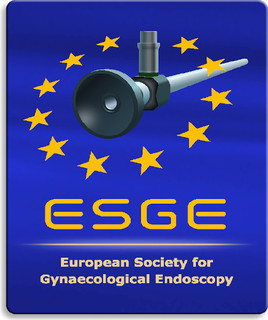Simulation and Training of Gynaecological Skills
Gynaecological skills, Endoscopic surgery, Medical Simulation, GESEA Diploma Programme
Published online: Nov 21 2018
Abstract
In order to offer our patients, the “state of the art” treatment in gynaecology, we need a structured teaching program for trainees concerning the gynaecological skills. In recent years, training and education in endoscopic surgery has been critically reviewed. Clinicians, both surgeons as gynaecologists who perform endoscopic surgery without proper training of the specific psychomotor skills, are at higher risk to increased patient morbidity and mortality. The traditional apprentice-tutor model is no longer valid for developing all skills necessary in gynaecological surgery, particularly in endoscopy. Endoscopic training should happen at both the theoretical and the practical skill level. The acquisition of the correct knowledge regarding general laparoscopy, hysteroscopy and standard level procedures is as important as learning the necessary psychomotor skills to successfully perform endoscopic manipulations. Training in the operating room can only start when it is proven that knowledge and skills are present.
To learn and train total abdominal hysterectomy by laparotomy there are inexpensive simple models that can be used, which are easy to reproduce. The development, construction, cost, and utility of a low-cost and anatomically representative vaginal hysterectomy simulator also has been described. The complexity of modern surgery has increased the demands and challenges to surgical education and the quality control.



